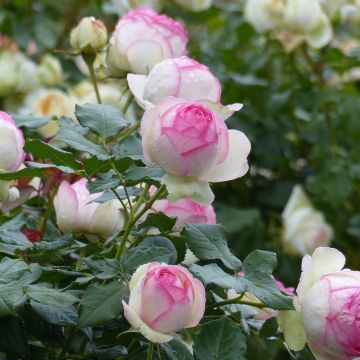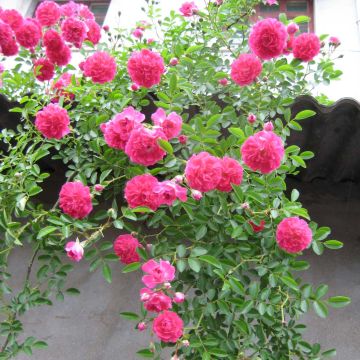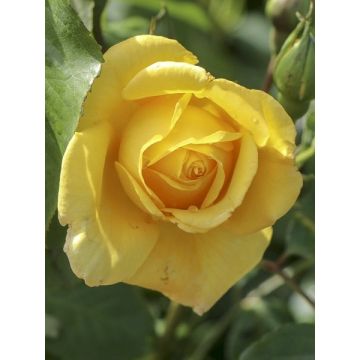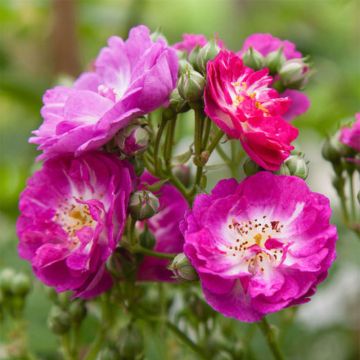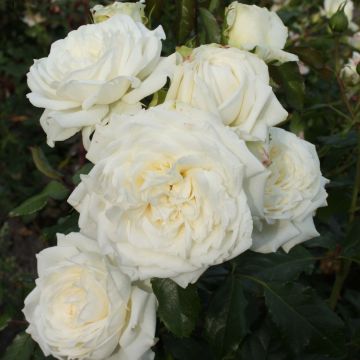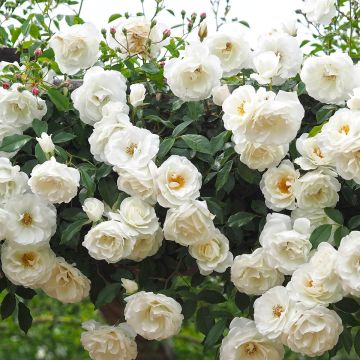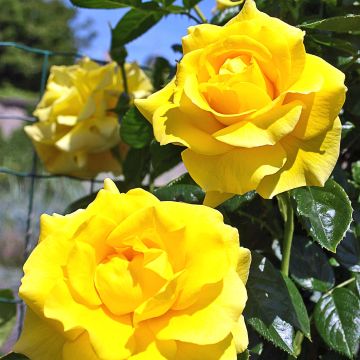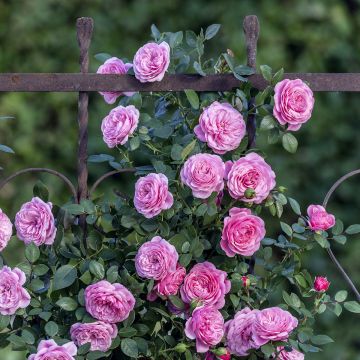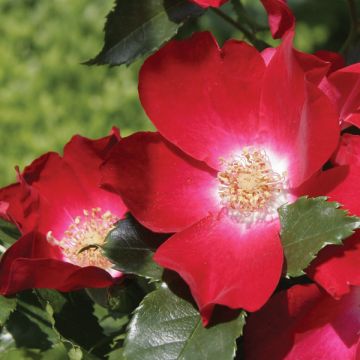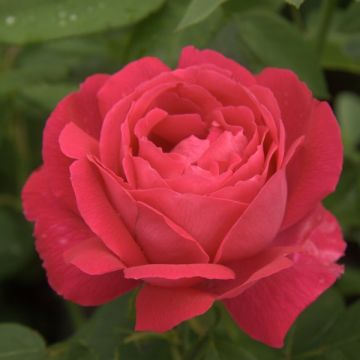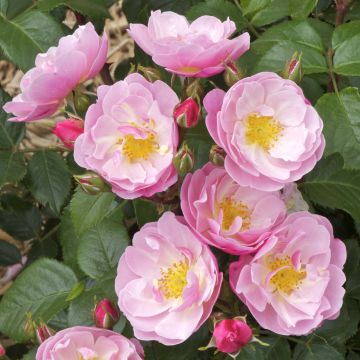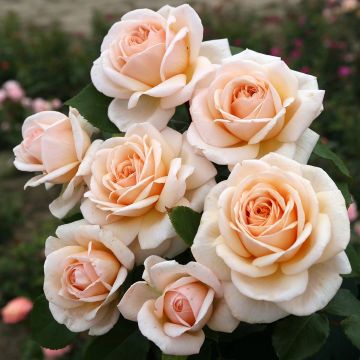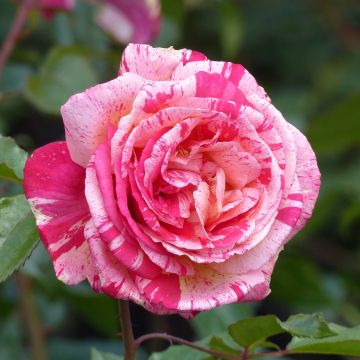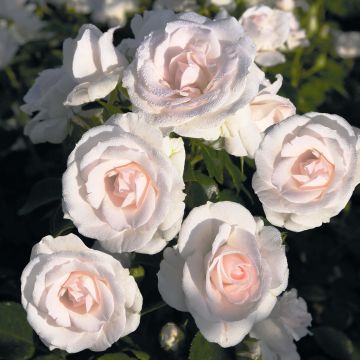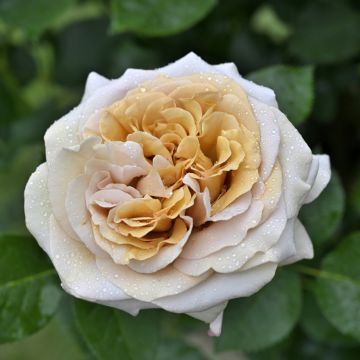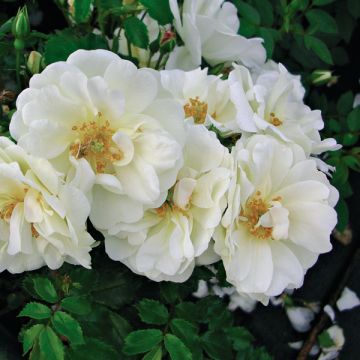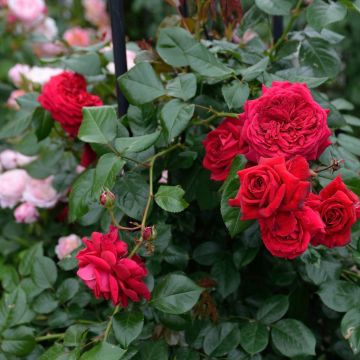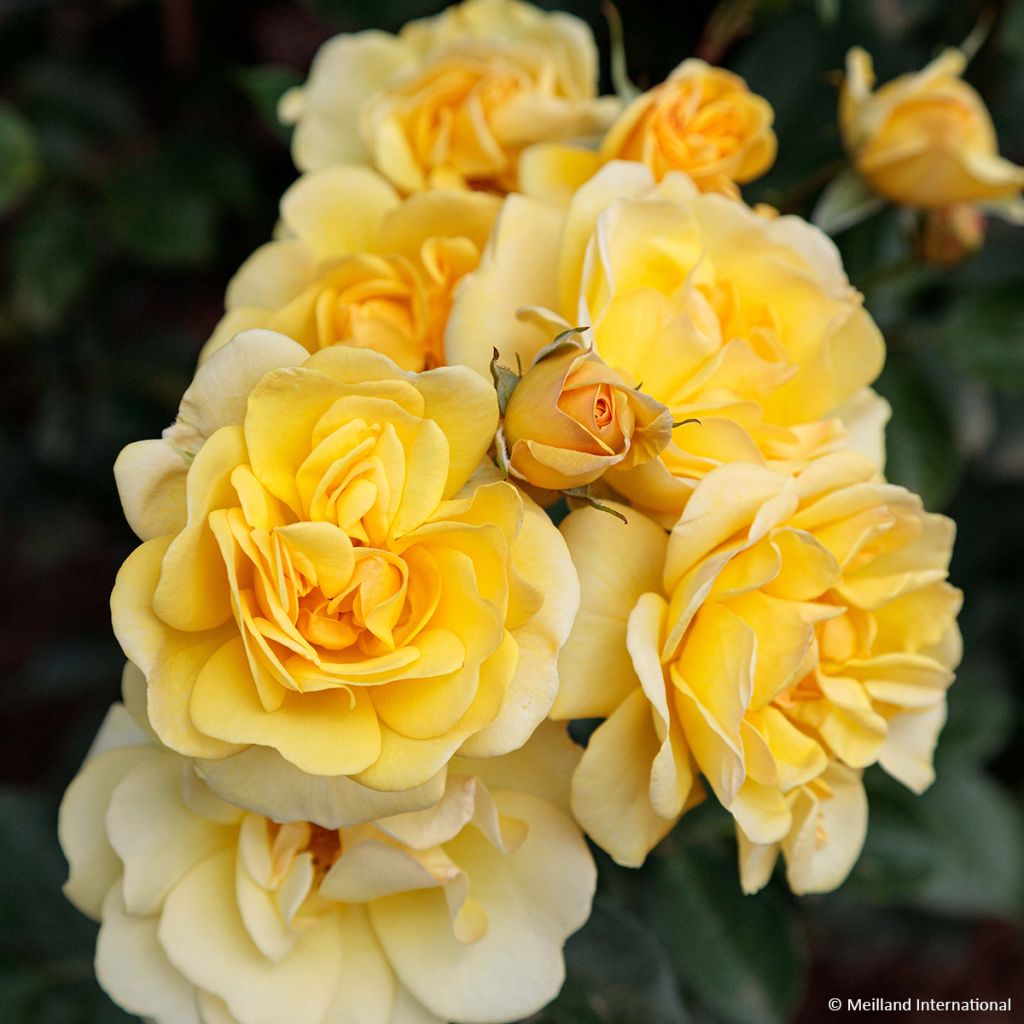

Rosa 'Golden Pareo' - Climbing Rose
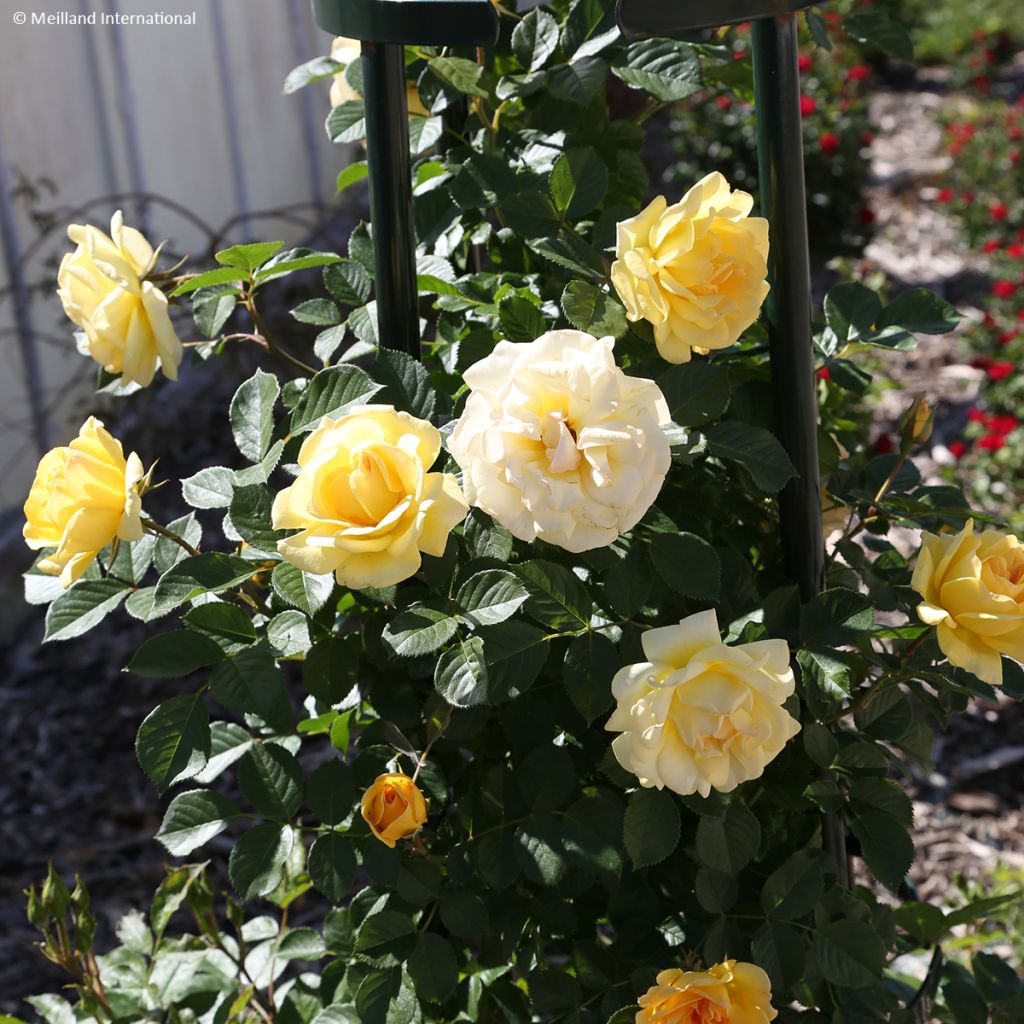

Rosa 'Golden Pareo' - Climbing Rose
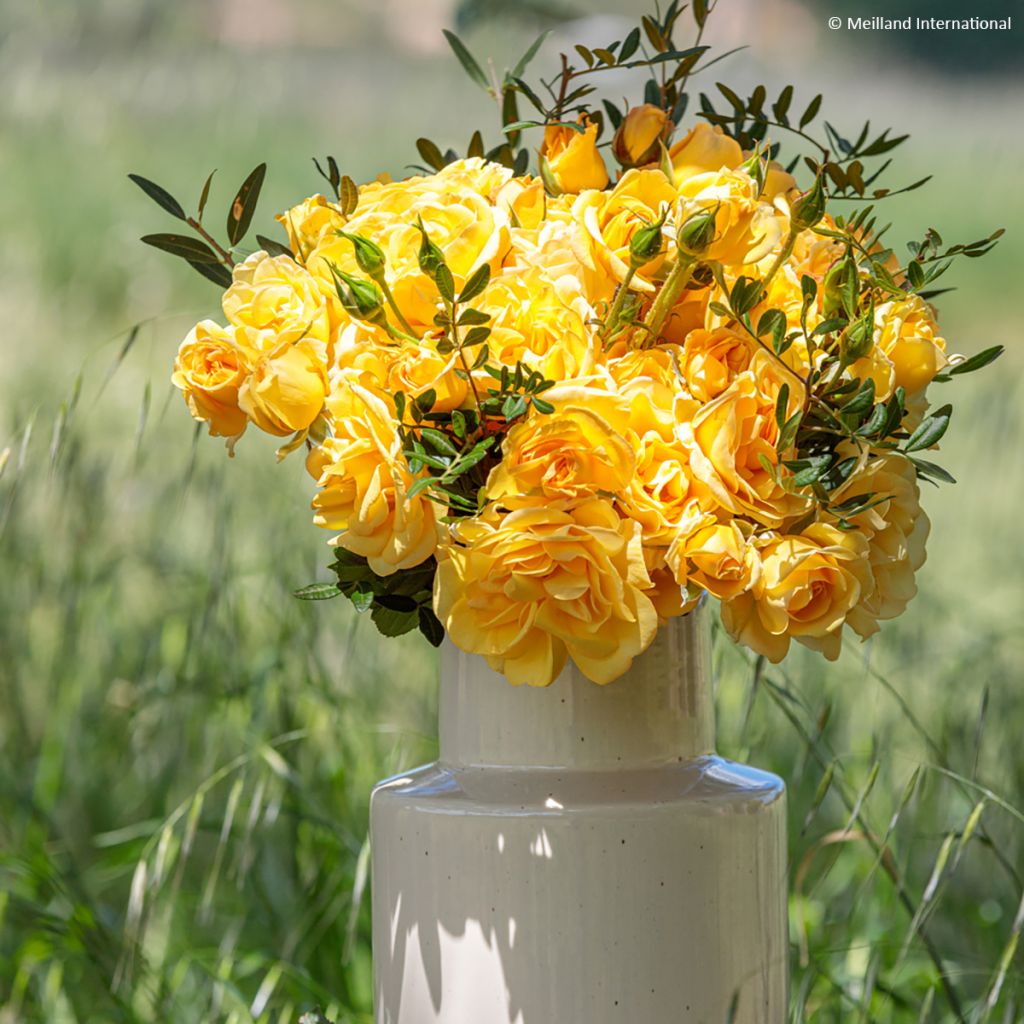

Rosa 'Golden Pareo' - Climbing Rose
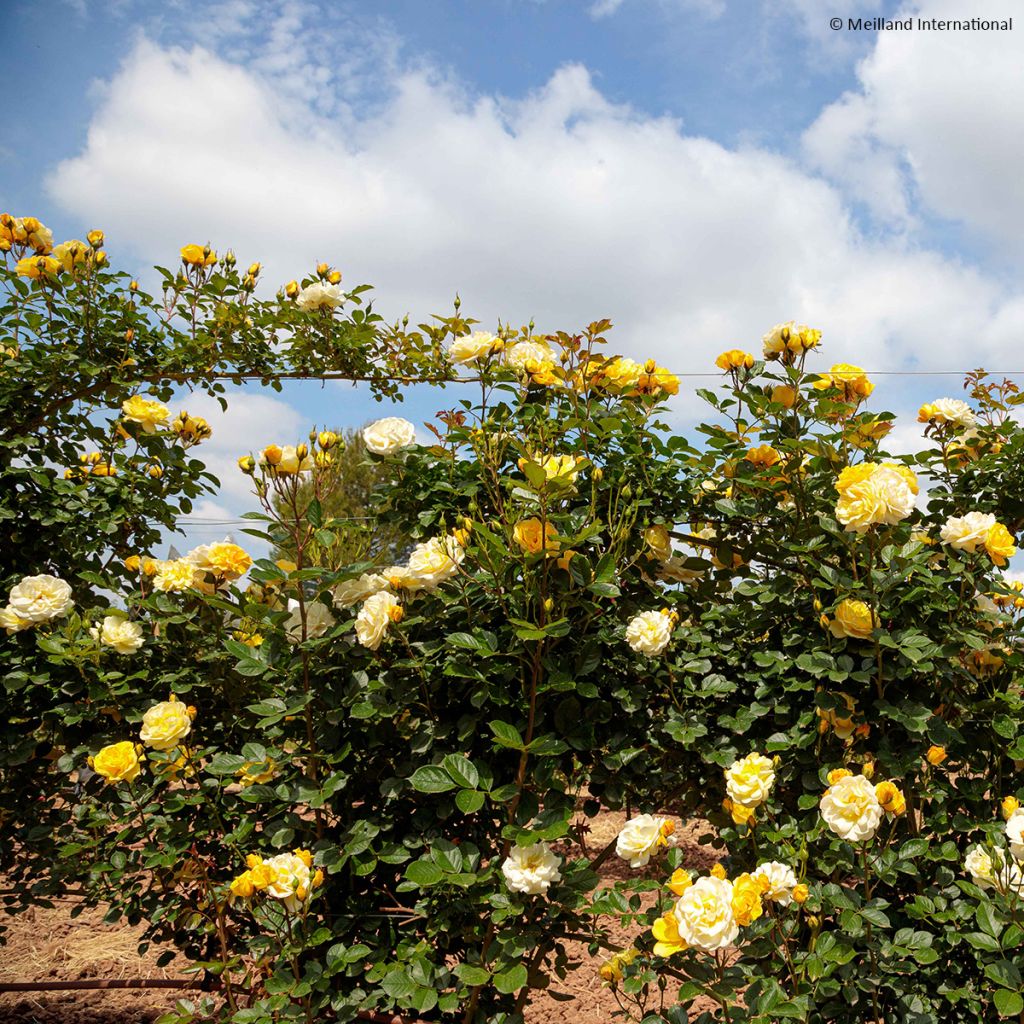

Rosa 'Golden Pareo' - Climbing Rose
Rosa 'Golden Pareo' - Climbing Rose
Rosa Golden Pareo® 'Meipiyou'
Meipiyou
This item cannot be shipped to the selected country
Delivery charge from €5.90
Delivery charge from €5.90
More information
Delivery charge from €5.90
Delivery charge from €5.90
More information
Schedule delivery date,
and select date in basket
This plant carries a 24 months recovery warranty
More information
We guarantee the quality of our plants for a full growing cycle, and will replace at our expense any plant that fails to recover under normal climatic and planting conditions.
From €5.90 for pickup delivery and €6.90 for home delivery
Express home delivery from €8.90.
From €5.90 for pickup delivery and €6.90 for home delivery
Express home delivery from €8.90.
Does this plant fit my garden?
Set up your Plantfit profile →
Description
The Rose 'Golden Pareo' or 'Meipiyou' is a climbing rose with a harmonious habit and moderate growth that is truly covered in flowers in summer. It is repeat flowering and very floriferous, producing waves of old-fashioned, semi-double roses in a golden yellow color. Very disease-resistant, this rose has glossy dark green foliage that beautifully enhances the flowering, from early summer until the first frosts.
The Rose 'Golden Pareo' or 'Meipiyou' is a creation by Meilland. It is a Hybrid Tea rose. With a moderate size, it reaches a height of 2m (7ft) to 2.5m (8ft) and a width of 2m (7ft) to 3m (10ft). Its flexible and thorny branches are adorned with abundant foliage composed of dark green, glossy, healthy and disease-resistant leaflets. Its generous flowering occurs in close waves from June to October. This rose produces bouquets of 3 to 15 roses with a diameter of 6 to 8cm (2 to 3in), semi-double, with about thirty petals, in the shape of cupped blooms with a ruffled heart. Their colour evokes the sun and summer, a very golden yellow that is both vibrant, warm, and bright.
The Rose 'Golden Pareo' or 'Meipiyou' is an easy plant to succeed with minimal care. It grows harmoniously in well-prepared ordinary soil. It covers arbors, walls, fences, columns, and adapts very well to large pots on balconies or patios. Pair it with summer-flowering clematis, with blue or purple flowers for a striking contrast, or mix it with a table grapevine on a pergola. Use it also at the back of a sunny shrub and perennial flower bed with vibrant flowers like buddleias and delphiniums or phlox.
Plant habit
Flowering
Foliage
Botanical data
Rosa
Golden Pareo® 'Meipiyou'
Rosaceae
Meipiyou
Cultivar or hybrid
Other Climbing Roses
Planting and care
Plant your climbing Rose in a rather sunny location. Roses are tolerant, but they won't like excessive limestone and they are more generous in fertile and well-drained soil. They will adapt to any garden if the soil is well-worked and rich. To plant your rose, work the soil by crumbling it well and by putting an amendment at the bottom of the planting hole, such as blood, fish and bone. Water generously after planting to eliminate air pockets. Water regularly for a few weeks to facilitate rooting. At the end of winter, shorten the oldest branches to 3-5 eyes above the ground (at the lowest point), choose an outward facing bud for a more elegant habit. Take advantage of this pruning to remove dead wood and unsightly branches. Prune at an angle above an bud. As the flowering progresses, remove faded flowers, this stimulates the blooming of other buds.
If you plant a climbing or rambling rose next to a living tree, the root system of the rose will compete with that of the already established tree. To control watering, here's a tip: plant the rose in a large container with a perforated bottom at the base of the tree. The tree roots will not penetrate the container for at least a year. Remove the container after one year, for example, by cutting one side without disturbing the root system of the rose. The rose will have had time to develop its root system deeply and will be more resistant.
Roses may appear stained or unsightly at the end of summer. However, it is a natural phenomenon that doesn't harm their development.
Planting period
Intended location
Care
-
, onOrder confirmed
Reply from on Promesse de fleurs
Roses by purpose
Haven't found what you were looking for?
Hardiness is the lowest winter temperature a plant can endure without suffering serious damage or even dying. However, hardiness is affected by location (a sheltered area, such as a patio), protection (winter cover) and soil type (hardiness is improved by well-drained soil).

Photo Sharing Terms & Conditions
In order to encourage gardeners to interact and share their experiences, Promesse de fleurs offers various media enabling content to be uploaded onto its Site - in particular via the ‘Photo sharing’ module.
The User agrees to refrain from:
- Posting any content that is illegal, prejudicial, insulting, racist, inciteful to hatred, revisionist, contrary to public decency, that infringes on privacy or on the privacy rights of third parties, in particular the publicity rights of persons and goods, intellectual property rights, or the right to privacy.
- Submitting content on behalf of a third party;
- Impersonate the identity of a third party and/or publish any personal information about a third party;
In general, the User undertakes to refrain from any unethical behaviour.
All Content (in particular text, comments, files, images, photos, videos, creative works, etc.), which may be subject to property or intellectual property rights, image or other private rights, shall remain the property of the User, subject to the limited rights granted by the terms of the licence granted by Promesse de fleurs as stated below. Users are at liberty to publish or not to publish such Content on the Site, notably via the ‘Photo Sharing’ facility, and accept that this Content shall be made public and freely accessible, notably on the Internet.
Users further acknowledge, undertake to have ,and guarantee that they hold all necessary rights and permissions to publish such material on the Site, in particular with regard to the legislation in force pertaining to any privacy, property, intellectual property, image, or contractual rights, or rights of any other nature. By publishing such Content on the Site, Users acknowledge accepting full liability as publishers of the Content within the meaning of the law, and grant Promesse de fleurs, free of charge, an inclusive, worldwide licence for the said Content for the entire duration of its publication, including all reproduction, representation, up/downloading, displaying, performing, transmission, and storage rights.
Users also grant permission for their name to be linked to the Content and accept that this link may not always be made available.
By engaging in posting material, Users consent to their Content becoming automatically accessible on the Internet, in particular on other sites and/or blogs and/or web pages of the Promesse de fleurs site, including in particular social pages and the Promesse de fleurs catalogue.
Users may secure the removal of entrusted content free of charge by issuing a simple request via our contact form.


































